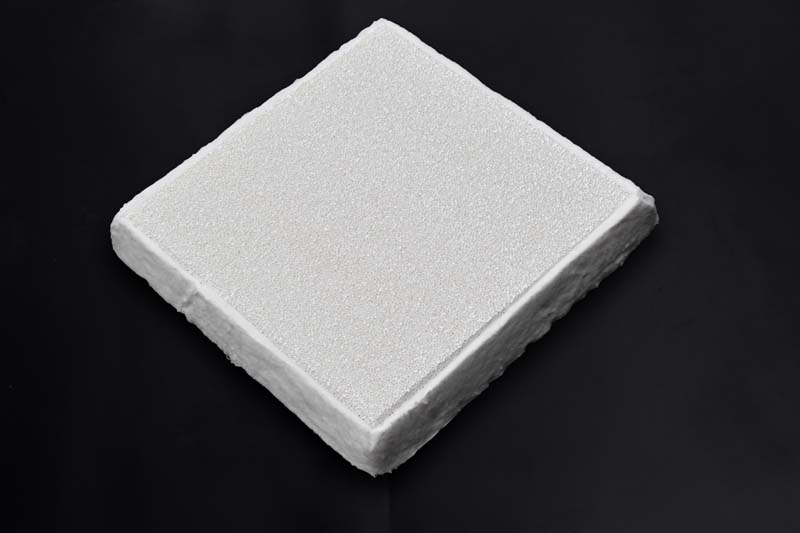
25 6月 Montenegro China Foundry Filter
Montenegro China Foundry Filter can remove inclusions, improve the structure of castings, improve processing performance, reduce machining costs, and improve product pass rate and mechanical properties.
What is the filtering principle of Ceramic Filter Foundry? By the gap? Wrong!
Ceramic Filter Foundry is a new type of Porous Ceramic Filter made of industrial sponge as a carrier, filled with heat-resistant ceramics, and then sintered.
When the ceramic filter plate filters the aluminum liquid, the aluminum liquid flows through the tortuous holes of the ceramic filter plate, and the non-metallic impurities and oxide film (commonly known as slag) in the aluminum liquid are affected by the axial pressure, friction, and surface adsorption of the aluminum liquid. The combined effect of the slag is trapped in the inner surface of the holes and the crevices of the ceramic filter plate, so that the slag and the molten aluminum are separated.

After a period of filtering, the slag staying on the Montenegro China Foundry Filter also participates in the adsorption of the slag, which can play a filtering role.
Since the performance of the slag adsorbed on the ceramic filter plate is exactly the same as the slag to be adsorbed in the aluminum liquid, its surface area ratio is much larger than that of the ceramic filter plate, and the surface activity is much greater than that of the ceramic filter plate, so the ability to adsorb and trap the slag in the aluminum liquid is far Much larger than the ceramic filter plate.
Because of this, the ceramic filter plate can filter out the fine slag that is many times smaller than its own hole.
In the filtering process, the slag adsorbed on the ceramic filter plate gradually grows up after adsorbing and intercepting the slag in the aluminum liquid.
Under the agitation and scouring of the liquid flow, the extremely low-strength slag may break or fall off the ceramic filter plate.
In the process of slag falling off, if the ceramic filter plate is thicker or has small holes, it may be intercepted or adsorbed again.
The Republic of Montenegro is located in the north-central part of the Balkan Peninsula in southern Europe, a mountainous country on the east coast of the Adriatic Sea. The area is 13,800 square kilometers. The total length of the coastline: 293 kilometers (73 kilometers of beach length).
Montenegro is rich in forest and water resources, covering an area of 540,000 hectares, accounting for 39.43% of the total area of Montenegro. Resources such as aluminum and coal are abundant, with approximately 36 million tons of bauxite ore and 350 million tons of lignite.


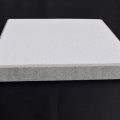
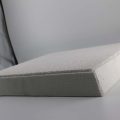
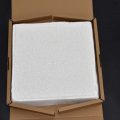
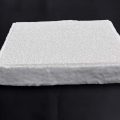

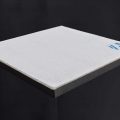
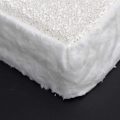
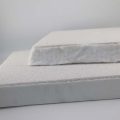
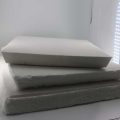
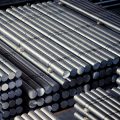
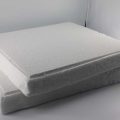
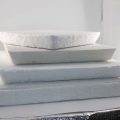
No Comments